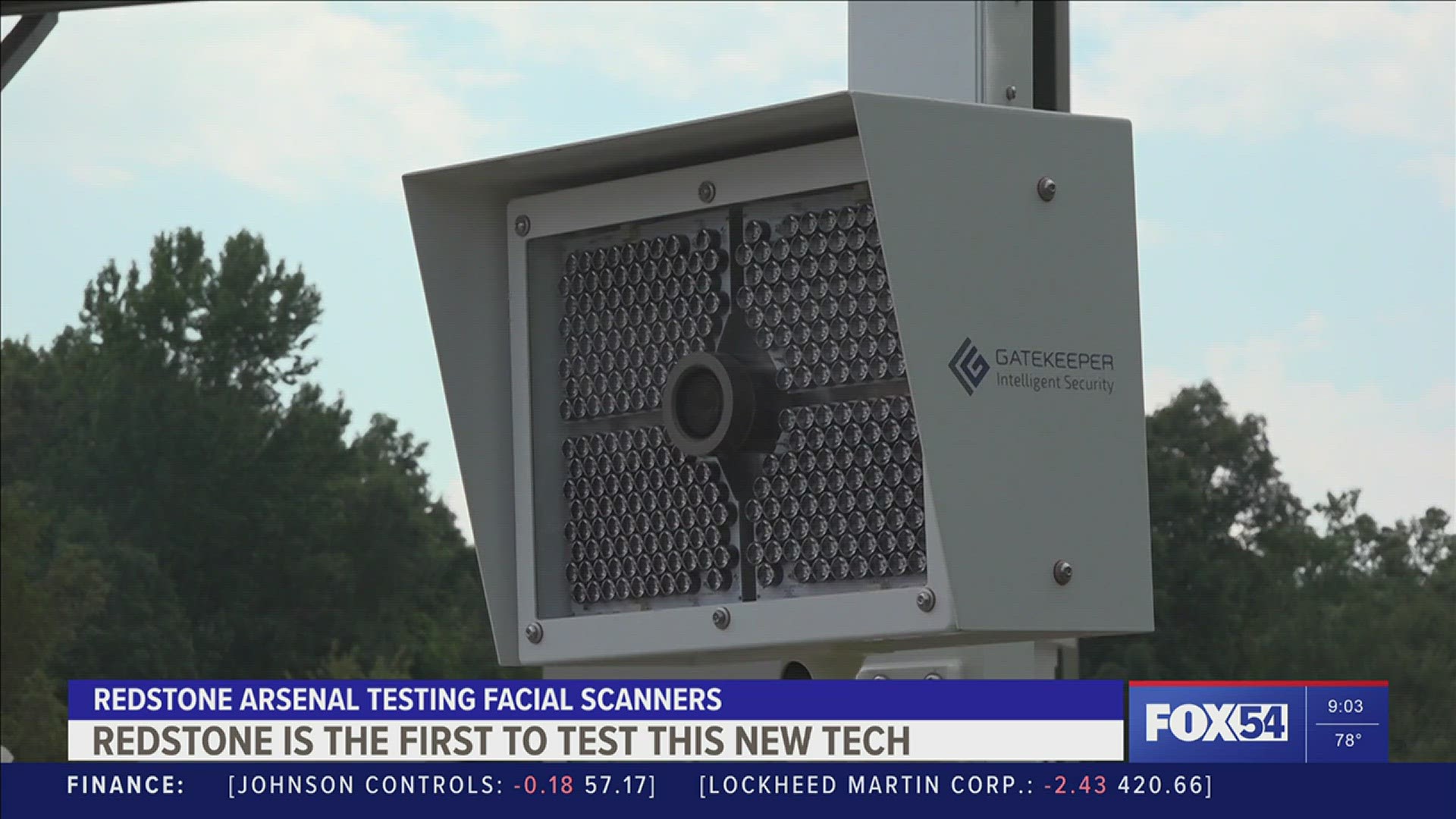HUNTSVILLE, Ala — If you’ve been on the arsenal, getting inside can be a headache. "Any time you have to actually stop the car checking id and then that car getting back up to speed to get back into the flow of traffic, that increases the amount of time to process," Brian Reinwald, Chief of Physical Security for Redstone Arsenal shares. "Thereby increasing how much or reducing actually how many vehicles we can get through the gate at a time."
New technology is hoping to fix that. Redstone was selected to test and pilot a facial recognition and a radio frequency identification capability associated with the automated the installation entry," Reinwald shares. "Currently, we only have facial recognition at three lanes across the installation only at gate one and gate nine."
The RFID process, started back in 2021, allows access with just a simple card. "This allowed them to simply place the card on the dash of their vehicle as they drove through the system would register that and they didn't actually have to stop," Reinwald shares. The guard would be presented with information on a screen. it would tell the guard if this person was authorized. It would tell the guard if this person was authorized access, if they were good to go, and would allow them to come on through."
Reinwald shares how the process works. "What facial recognition does for us is it still gives us that capability through AIE to conduct all the background checks, you know, make sure everybody's good, that what needs to come on the installation," Reinwald shares. "But then it allows that individual to come through the system, takes that snapshot of your face, turns it into a mathematical algorithm, and compares it to our database of people that are registered in the system.
Reinwald also shares how this new tech has helped speed things along. "Any time you have to actually stop the car checking ID and then that car getting back up to speed to get back into the flow of traffic that increases the amount of time the process, thereby increasing or reducing actually how many vehicles we can get through the gate at the time," Reinwald explains. "Facial recognition kind of took that out of the, you know, allows us to keep that traffic flowing and thereby we're able to bring more people on the installation in a quicker, more efficient manner while still maintaining the security and the safety that we need to do for those people that live, work and play here."
This type of technology isn't barred from restrictions. "One of the restrictions on that is the Department of Defense has said that facial recognition can only be utilized by single occupancy vehicles," Reinwald explains. "So, it's only good for a vehicle with one person in it because technically right now that's what the system is capable of doing."
They are currently testing a way to expand this capability. "At Gate Ten, we are testing a increase facial recognition capability," Reinwald shares. "This is through a project with the corps of engineers and their contractor to expand on that capability to where we're not just checking the driver of the vehicle, but we're able to actually check all the passengers, the driver, both in the front and second seats all at the same time."

